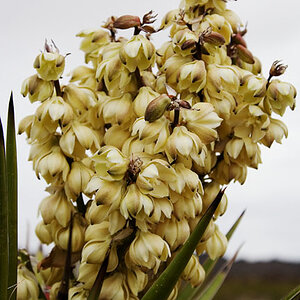thejosey
TPF Noob!
- Joined
- Apr 13, 2014
- Messages
- 31
- Reaction score
- 11
- Location
- Charlotte, NC
- Can others edit my Photos
- Photos OK to edit
I know these threads are a dime a dozen, but I'm pretty proud of my first moon picture considering I'm learning on my own haha. I took this picture tonight, 05/12/2014 using my Nikon D5100 with my Nikkor 70-300mm lens (Non-VR and no autofocus). I'm shot at f/11 and 1/250, ISO was 1000 and auto white balance. Any constructive criticism is welcomed! I shot this using my monopod and there were a few clouds in the sky, so I was trying to get shots in between cloud cover.
Again, let me know what you think and how I can improve. Thanks!
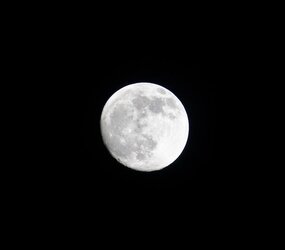
Again, let me know what you think and how I can improve. Thanks!



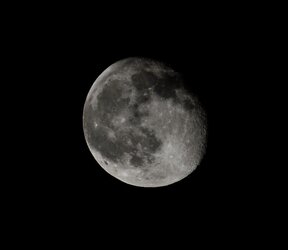

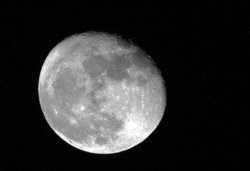
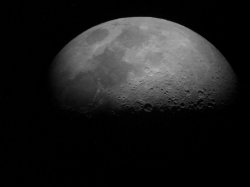
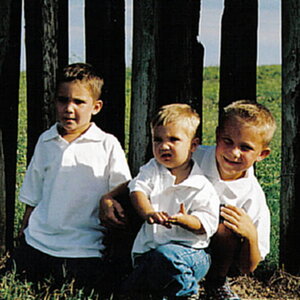
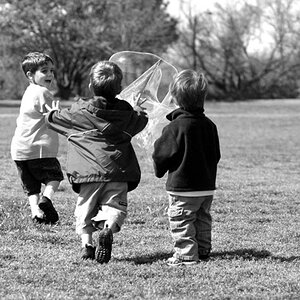
![[No title]](/data/xfmg/thumbnail/39/39533-c2c39d37e833a4689533c897ace8c348.jpg?1619739073)

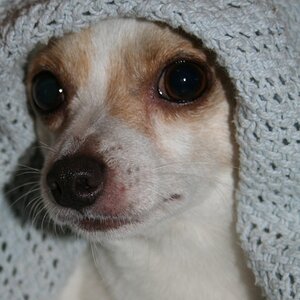
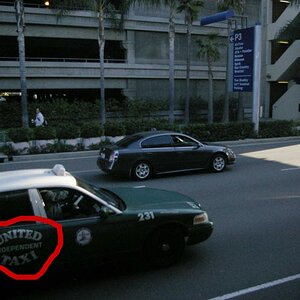

![[No title]](/data/xfmg/thumbnail/39/39294-339c772c727b255b9451f2639f2bc28e.jpg?1619738959)
![[No title]](/data/xfmg/thumbnail/32/32709-80f0f0432fd5ec548a3efdb60ef77d46.jpg?1619735613)
![[No title]](/data/xfmg/thumbnail/39/39295-230d6dc9ce62e92561457d4c8fb67dc6.jpg?1619738959)

